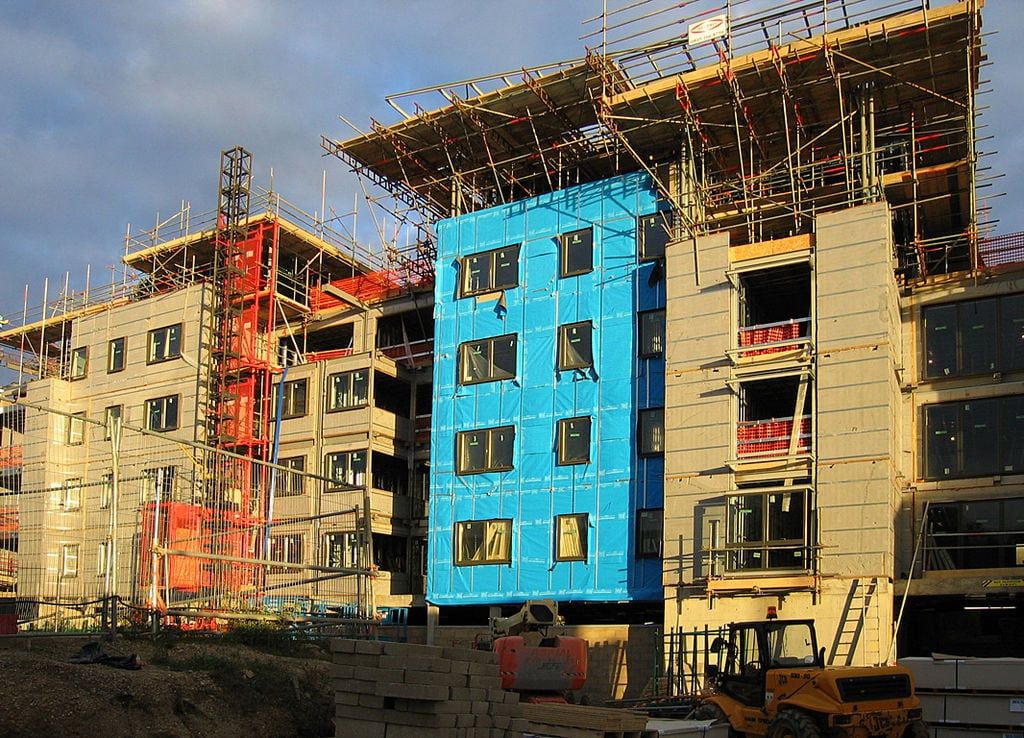
By Andrew Screen, Director at CBRE
Following the recent RICS Real Estate Investors’ Conference, held in Holborn, featured panellist, Andrew Screen, Senior Director at CBRE explores the evolution of the UK’s Private Rented Sector and build-to-rent funding.
The Private Rented Sector has undergone much evolution over the past five years, particularly with the creation of the Private Rented Sector Taskforce as well as the Build-to-Rent fund. The Taskforce was created to improve the quality of existing rented accommodation and to attract institutional investment into the Private Rented Sector. The government further stimulated the sector with a £1bn Build-to-Rent fund, providing loans and equity to build-to-rent developers, and with a PRS Debt Guarantee scheme which has now reached fruition. PRS is now high on the agenda – from a public, institutional and private point of view.
Five years ago, the Private Rented Sector Taskforce was introduced by the government in effort to improve the quality of existed rented accommodation and to attract institutional investment into the sector. The government further stimulated the sector with a £1 billion Build-to-Rent fund, providing loans and equity to build-to-rent developers along with a PRS Debt Guarantee scheme which has now reached fruition.
Opportunistic and institutional investors started to explore this new asset class and set up development and investment companies, some of these early adopters included Apache, Delancey, M&G, Grainger/APG, Atlas and Invesco. While there was strong interest from the early adopters of this new asset class, there were few investment or development opportunities available, as the global recession had almost decimated most of the smaller development companies.
Furthermore, there was little debt or equity funding available to progress development opportunities on a speculative basis. The Build-to-Rent product was largely immature in terms of design and amenities to be offered to residents, however this rapidly evolved with the help of US Multifamily operators and the Urban Land Institute Build-to-Rent design hand book.
Typical Build-to-Rent developments comprise of more than 100 apartments, located in the city centre or close to transport hubs.
Investment into PRS is generally undertaken as a Forward Funding development transaction, whereby the investor makes an initial payment to the developer for the site once planning permission has been obtained and makes further payments or drawdowns during the development process for the construction of the building. The investor makes a final profit payment to the developer on completion of the construction. The investors sometimes secure debt funding of up to 65% of the development cost to improve their overall returns.
Returns on PRS comprise a net annual income (yield/cap-rate) and a capital growth (house price inflation). The net annual income is calculated by determining the gross annual rental income and deducting the operating costs (approximately 25%). The net annual income varies from 3-4% (as a percentage of the investment) in London to 4-5% in the regions providing an overall ungeared/unlevered total return of 8-10% per annum, and a geared/levered total return of approximately 10-15% per annum.
As Build-to-Rent/PRS investment grew and became a trending topic at residential investment conferences; pension funds and international investors started to take a greater interest in UK build-to-rent, some of these investors included Greystar, Realstar, L&G, LaSalle, Aberdeen, Ares and Hermes.
Currently, the PRS investment life cycle is in its primary, or growth, phase with few developments completed and operating, however we expect a significant number of projects to commence and complete over the next 3 years, with completed developments creating stabilised income over this 3-5 year period.
As such, we anticipate the PRS industry to move into the secondary investment phase in 3-5 years where some opportunistic investors will look to exit and new sources of funding will enter the market by way of bonds, securitisations, consolidations, listings, REITS and annuity or sovereign investments. This will also enable individual investors to invest in the funds or vehicles as they currently have limited access to this sector through buy-to-let.
Buy-to-let tax changes mean that we have not seen a withdrawal of investment due to the increase in Stamp Duty Land Tax in the Build-to-Rent market however the greatest impact will be to the short term holder (less than 5 years) as this increase in initial expenditure will have an impact on overall returns.
In terms of how private investors can take part, there is currently limited access into the Build-to-Rent market for small private investors, as the developments typically require an investment of £30m-£100m. Though with debt funding this could drop to £10m-£30m. There are however crowdfunding platforms and JPUT/GPUT’s seeking to enter this market which could give more accessibility to investors, however the majority of private and personal investors interest will come in the secondary stage of the market in 3 years’ time when REITs, bonds, listings and securitisations become popular.